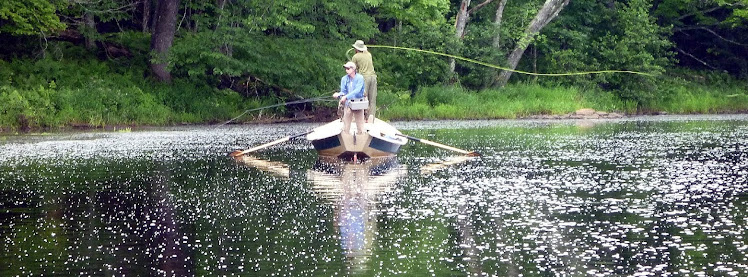Brush-Making Tools/Materials for Musky and Pike Flies
Used or recommended by Lisa Davis.
February 3,
2020
StonFo Dubbing Brush Device (~$65) AND Turbo
Spinner ($25). Spin manually. *Attaches to vise.*
or stand-alone quality wooden dubbing brush maker used with drill:
contact Bill Sherer at wetieit@centurytel.net 715-385-0171, in Wisconsin.
Dubbing wire: DBW .006 or .009. No preference yet. Sherer also sells wire. For Bucktail, Powerpro is commonly used as it
does not cut through the bucktail as easily-- See Luke Swanson’s Youtube video.
Dubbing wax.
Flush-cut wire cutters *** Harbor Freight*** has them for ~$3. Small
with red handles. At fishing stores, you will pay $10. These are one of my best purchases!!
Materials I Commonly Use for Musky Brushes
Core: Fuzzy
Fiber. Fly Tyer's Dungeon (FTD) Congo
Hair and Water Silk. Bucktail. Neer
Hair. Sculpting Flash Fiber. EP Fibers. Pike Skinz. Flash like Ripple Ice.
Longer
Fibers: Kanekalon (hair extensions). Yak.
SF Blend. Wampa Hair (Lund’s Fly
Shop). Nightmare Musky Fly musky fiber
and FTD’s new Big Game Hair: very
similar aside from different length, amount, price. FTD Crystal Hair and Crystal Web. Flash material such as Larva Lace, Krystal
Flash, CCT’s Krinkle Mirror Flash, Lateral Scale. Other material commonly used is Big Fly
Fiber. Unique Hair, Super Hair, and Frosty
Fish Fiber are stiffer and may keep tail of fly from collapsing as much.
Tailing Materials I Commonly Tie on Hook Before Tying
in the Brush
Bucktail –helps prevent
brush material from fouling the hook.
Yak –adds structure to brush & sheds water well. Steve Farrar Blend. Hackle.
Ostrich feathers (optional).
Flash.
Tips:
On YouTube, I have a
couple of fave videos. Dark Waters
video: Tips and Tricks When Making a
Dubbing Brush. Gunnar Brammer has a
couple of educational dubbing brush videos that use the StonFo device.
The longer the brush
fibers, the slower I spin the brush.
When you can balance the
density of the core materials with density of the longer fibers, your flies
will walk-the-dog much better. The core
pushes water, creates the profile width, affects how fly moves. If tail is too
sparse or collapses too easily, I think this causes fly to fold in half. Tail
affects movement too. Too bulky of a
core will cause other problems. I am
trying to work this stuff out now. Try
to make a couple brushes and flies and see how they swim before making too many
more brushes. That is, don’t always make brushes in winter like I do unless you
have access to a pool… ;)
I primarily use a bodkin
to gently uncross the material as it attempts to wrap around itself. When the wire
still has large gaps, I try to avoid picking material too close to the wire but
unfold material where it is more distant from the wire. I unfold a little
material at a time while travelling down the brush. Repeat as necessary, spin
again, and repeat.
As the wire tightens down
on itself, I can spin faster since the materials are now held better in place
by the wire. This is when I use the dog (slicker) brush to work the material
faster.
I consider the brush done
when I can pull on fibers on the far end of the brush (the portion that spins up
last) and the materials are held immobile between the twisted wires of the
brush.
I cut off the near end of
the brush and further brush out the brush, making a nice part along the wire.
Recommended hooks: Good
spinnerbait hooks. Ahrex PR350 6/0. Partridge Bad Boy Predator 6/0 &
Absolute Predator 4/0. Gama B10S 5/0.
The denser the brush core, the longer the shank you will need, or spin and add brush “heads.”
 |
| The completed brush fly. Bulkier than usual. Will swim it and see how it does. |
 |
| Material is laid out on Stonfo Device. Next step is spinning it. The completed fly is shown above this picture. |
 |
| A spun brush. I will likely trim back the longer black fibers on the front of the brush and this will become the head of a fly. |
 |
| Multiple brushes. Note the varied density. Which ones will make a better fly?? |

No comments:
Post a Comment
Hi. I appreciate and welcome comments on this blog!
To keep it quick, I don't use word verification prior to your posting a comment. Since most spam comments are made anonymously, I just delete anonymously-posted comments. Thanks!